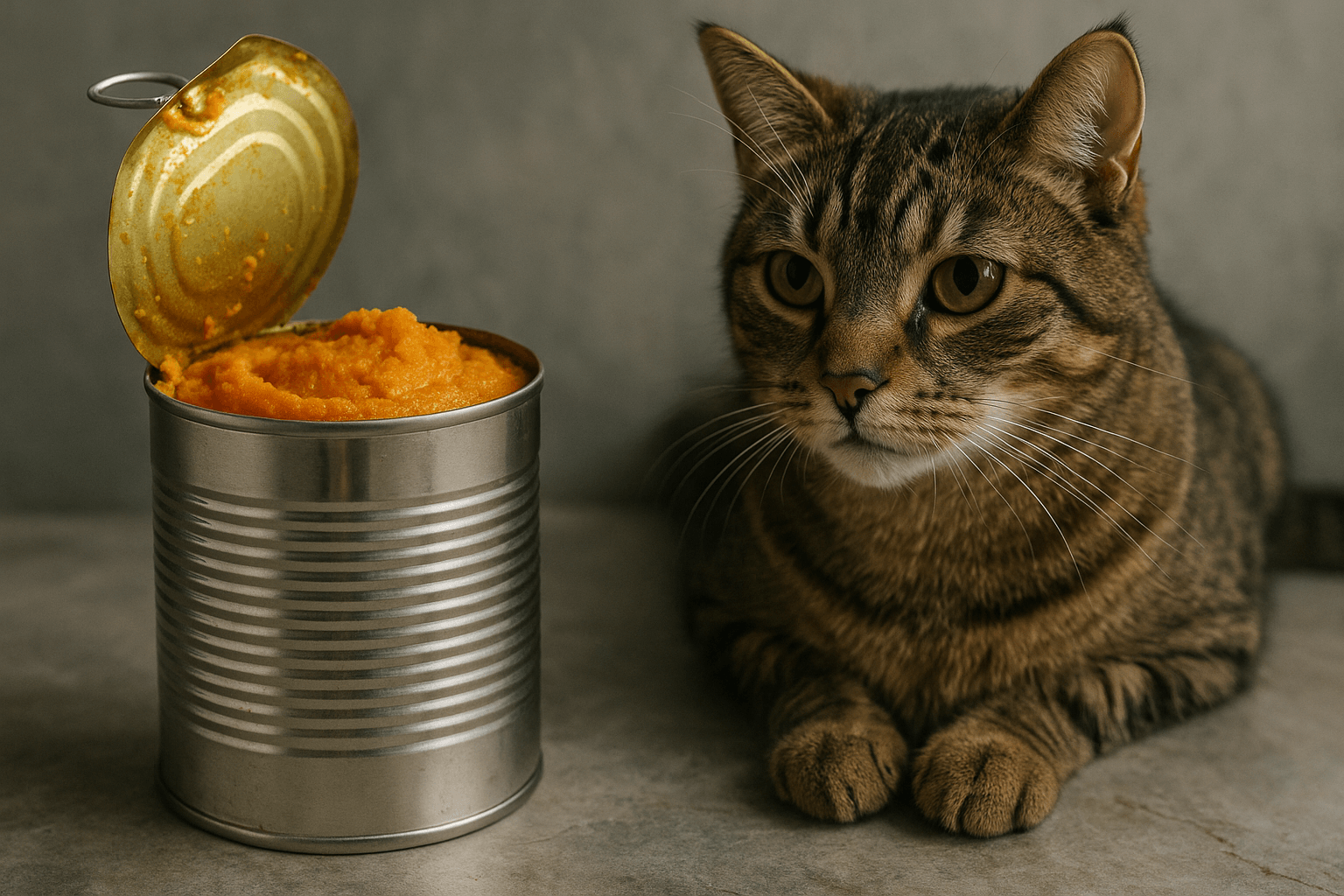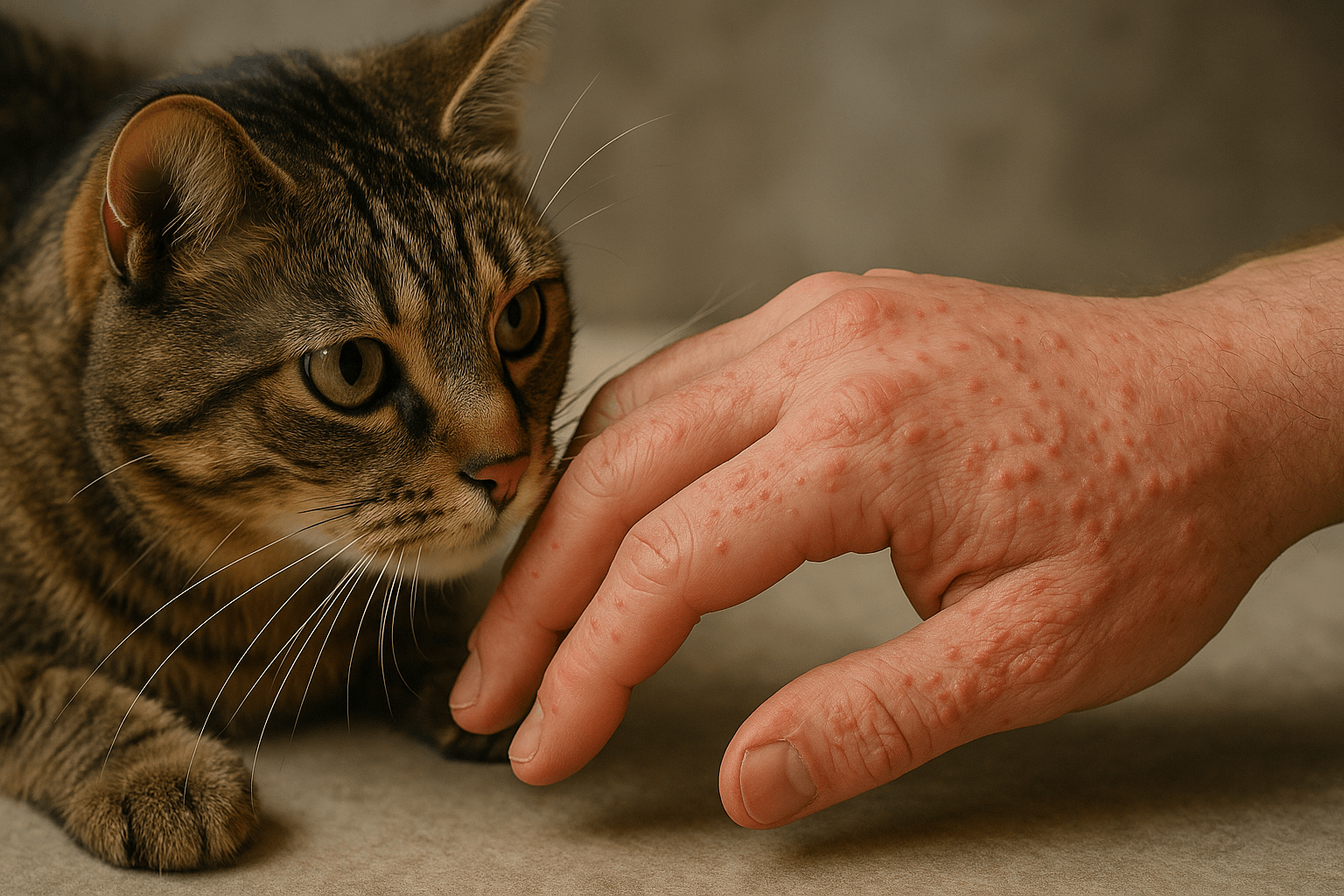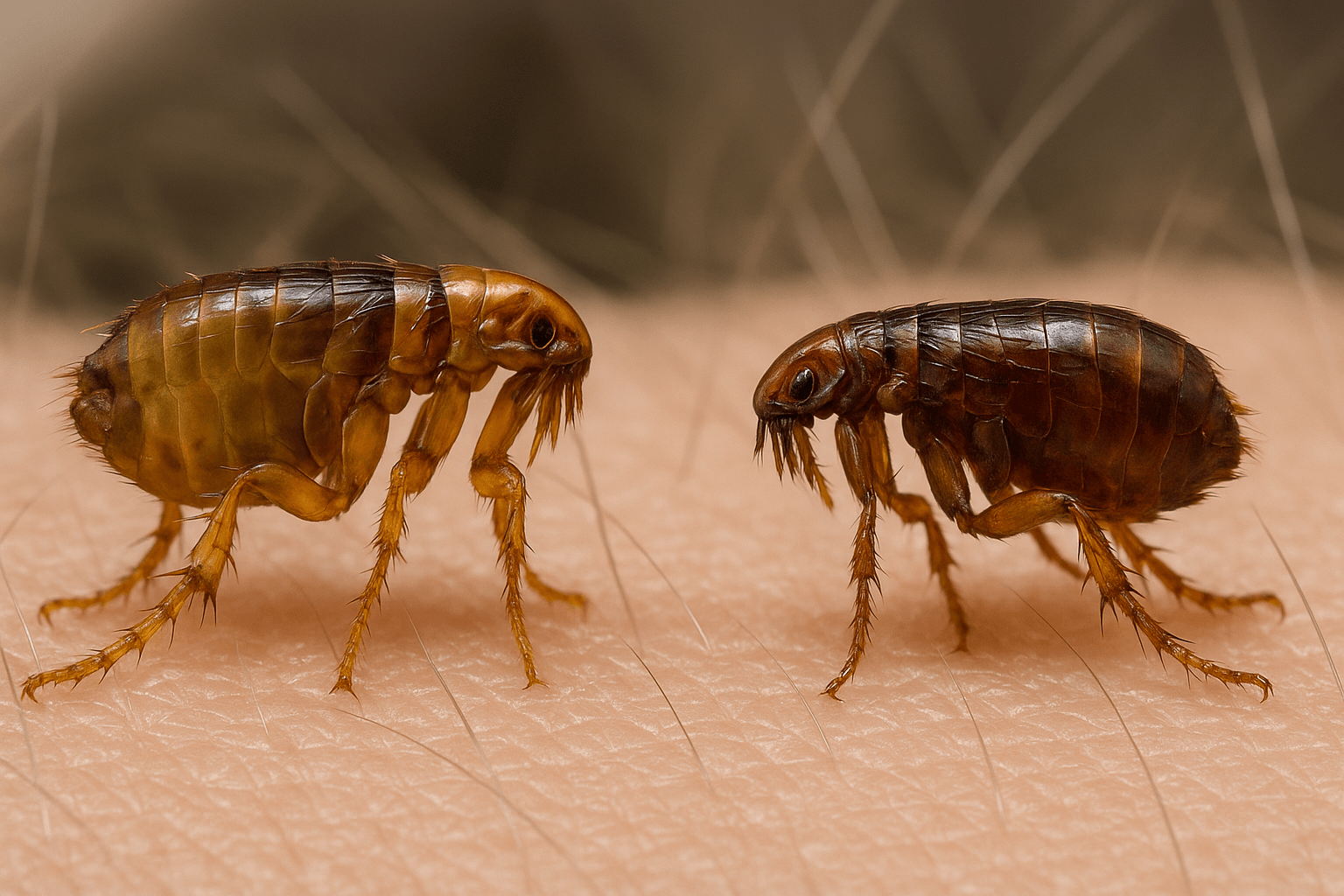Can Vanilla Ice Cream Kill a Dog? Separating Fact from Fiction
Ice cream is a beloved treat for humans, but what about our furry friends? Many dog owners wonder if sharing a scoop of vanilla ice cream with their pup is safe—or if it could pose a serious risk. While vanilla ice cream isn’t inherently toxic to dogs, there are important considerations to keep in mind before offering this sweet indulgence. In this blog post, we’ll explore the potential dangers of feeding vanilla ice cream to dogs, its effects on their health, and how to make safer choices for your canine companion. Let’s dive into the facts so you can make informed decisions about treating your dog.
Is Vanilla Ice Cream Safe for Dogs? Breaking It Down
Vanilla ice cream may seem harmless, but it contains ingredients that can affect dogs differently than humans. Here’s what you need to know about its safety:
Dairy Content: Most dogs are lactose intolerant, meaning ice cream can cause digestive upset like diarrhea or vomiting.
Sugar Levels: High sugar content can lead to obesity, dental issues, and even diabetes in dogs over time.
Artificial Additives: Some vanilla ice creams contain artificial flavors, colors, or preservatives that may irritate your dog’s system.
Portion Size: Even small amounts can be problematic for smaller breeds or dogs with sensitive stomachs.
Underlying Health Conditions: Dogs with pancreatitis or other health issues should avoid ice cream entirely due to its fat and sugar content.
While vanilla ice cream isn’t toxic, moderation and awareness of your dog’s individual needs are crucial. Always consult your veterinarian before introducing new foods.
Signs Your Dog May Have Eaten Too Much Ice Cream
If your dog accidentally consumes a large amount of vanilla ice cream, watch for these signs of discomfort or distress:
Diarrhea or loose stools, often accompanied by abdominal pain or bloating.
Vomiting as a result of lactose intolerance or overeating.
Lethargy or sluggish behavior due to digestive discomfort.
Excessive gas or flatulence, indicating difficulty digesting dairy.
Increased thirst or dehydration caused by sugary foods pulling water from the body.
If you notice any of these symptoms after your dog eats ice cream, monitor them closely and contact your veterinarian if the condition worsens. Prevention is always better than dealing with complications later.
Check this guide 👉Is It Safe for Your Dog to Eat Ice Cream? Best 7 Tips!
Check this guide 👉Homemade Dog Ice Cream Recipe: Best 7 Expert Tips!

Risks of Feeding Vanilla Ice Cream | Safer Alternatives for Dogs |
|---|---|
Lactose intolerance causing diarrhea | Frozen banana slices |
High sugar leading to obesity | Plain frozen yogurt (lactose-free) |
Artificial additives irritating gut | Homemade pumpkin popsicles |
Pancreatitis risk from high fat | Dog-safe peanut butter frozen treats |
Dehydration from sugary snacks | Water-based dog-friendly ice cubes |
How to Safely Treat Your Dog Without Ice Cream
If you want to spoil your dog without risking their health, there are plenty of safe and nutritious alternatives. Here are some ideas for healthy treats your pup will love:
Frozen Fruit: Offer small pieces of frozen strawberries, blueberries, or watermelon for a refreshing snack.
Homemade Pupsicles: Blend plain yogurt (lactose-free), peanut butter, and bananas, then freeze in molds for a fun treat.
Vegetable Chunks: Freeze diced carrots or green beans for a crunchy, low-calorie option.
Dog-Safe Ice Cubes: Simply freeze water or diluted chicken broth in an ice cube tray for a hydrating treat.
Commercial Dog Treats: Look for high-quality, low-calorie treats specifically designed for dogs.
These alternatives are not only healthier but also tailored to meet your dog’s dietary needs. Always introduce new treats gradually and in moderation.
Steps to Take If Your Dog Eats Vanilla Ice Cream
If your dog sneaks a bite (or more) of vanilla ice cream, staying calm and acting quickly is essential. Follow these steps to ensure your pet stays safe:
Assess the situation by determining how much ice cream your dog consumed and when it happened.
Monitor your dog closely for any signs of digestive upset, such as vomiting, diarrhea, or lethargy.
Provide fresh water to help dilute the sugar and prevent dehydration.
Avoid giving your dog additional treats or fatty foods, as this could worsen their condition.
Contact your veterinarian if your dog shows persistent symptoms or has underlying health issues.
By taking these precautions, you can minimize the risks associated with accidental ice cream consumption and keep your dog comfortable.
Why Some Ice Cream Ingredients Are Dangerous for Dogs
While vanilla ice cream may seem simple, many commercial varieties contain ingredients that can be harmful to dogs. Understanding these components can help you make safer choices for your pet. Here are some common culprits to watch out for:
Chocolate: Contains theobromine and caffeine, both of which are toxic to dogs and can cause seizures or heart problems.
Xylitol: A sugar substitute found in some “sugar-free” ice creams, xylitol is highly toxic and can lead to hypoglycemia or liver failure.
Nuts (e.g., macadamia nuts): These can cause weakness, vomiting, and hyperthermia in dogs, even in small amounts.
Artificial Sweeteners: Beyond xylitol, other artificial additives can irritate a dog’s digestive system or cause allergic reactions.
High-Fat Content: Rich, fatty ingredients like cream can increase the risk of pancreatitis, a painful and potentially life-threatening condition.
By avoiding ice creams with these ingredients, you can protect your dog from unnecessary health risks. Always read labels carefully before sharing any human food with your pup.
How to Recognize If Your Dog Is Lactose Intolerant
Many dogs struggle to digest lactose, the sugar found in dairy products like ice cream. If your dog exhibits these symptoms after consuming dairy, they may be lactose intolerant:
Diarrhea or loose stools within hours of consuming dairy products.
Excessive gas or bloating, often accompanied by discomfort or restlessness.
Vomiting as their body attempts to expel the undigested lactose.
Abdominal pain indicated by whining, pacing, or reluctance to move.
Decreased appetite or refusal to eat due to nausea or stomach upset.
If your dog shows signs of lactose intolerance, it’s best to avoid dairy altogether. Fortunately, there are plenty of lactose-free and dairy-free alternatives to keep your dog happy and healthy.
How to Keep Your Dog Safe Around Human Foods
Dogs are naturally curious and often eager to sample whatever their humans are eating. To prevent accidental overindulgence in treats like ice cream, here are some practical tips:
Store Treats Securely: Keep ice cream and other tempting foods out of reach, ideally in closed containers or high shelves.
Teach the “Leave It” Command: Training your dog to ignore dropped food can prevent them from eating something harmful.
Supervise Snack Time: Always monitor your dog when offering treats to ensure they don’t consume too much.
Use Pet-Safe Containers: Opt for dog-friendly treat jars or bags to avoid confusion between human and pet snacks.
Educate Family and Guests: Make sure everyone in your household knows not to feed your dog unsafe foods like ice cream.
By taking these precautions, you can minimize the risk of accidental ingestion and create a safer environment for your furry friend. Prevention is always better than dealing with an emergency later.
Frequently Asked Questions About Dogs and Vanilla Ice Cream
Can vanilla ice cream kill a dog?
While it’s unlikely to be fatal, vanilla ice cream can cause digestive upset and other health issues, especially in large amounts.
What should I do if my dog eats ice cream?
Monitor your dog for symptoms like vomiting or diarrhea and contact your vet if they appear unwell.
Are there dog-friendly ice creams available?
Yes, some brands offer lactose-free, low-sugar ice creams specifically formulated for dogs.
Can dogs eat other flavors of ice cream?
Avoid chocolate, raisin, or nut-based flavors, as these can be toxic or harmful to dogs.
How much ice cream is too much for a dog?
Even a few spoonfuls can upset a small dog’s stomach, while larger dogs may tolerate slightly more—but it’s best to avoid it altogether.
Final Thoughts: Treating Your Dog Responsibly
While vanilla ice cream might seem like a harmless indulgence, it’s important to remember that dogs have different dietary needs than humans. By understanding the risks and opting for safer alternatives, you can ensure your furry friend enjoys tasty treats without compromising their health. Always prioritize moderation, preparation, and consultation with your veterinarian when introducing new foods. With thoughtful care, you can keep your dog happy, healthy, and wagging their tail for years to come.
Canned Pumpkin for Cat Diarrhea: Best 7 Expert Tips! Natural remedy to firm stools, soothe upset bellies, and support gut health safely.
Can a Cat Give You Scabies? Best 7 Expert Tips! Discover the truth about feline mites, human skin risks, and how to protect yourself—without panic.
Cat Flea vs Human Flea: Best 7 Expert Tips! Discover the truth about bites, species, and how to eliminate infestations for good.
Weird Cat Behaviors: Best 7 Expert Tips! Discover why cats do strange things—and how to understand, not punish, their instincts for a happier home.





